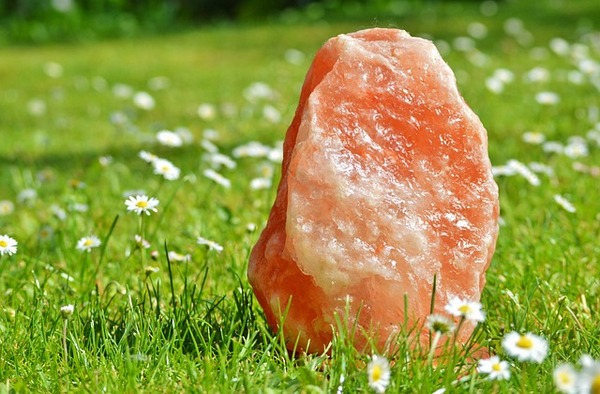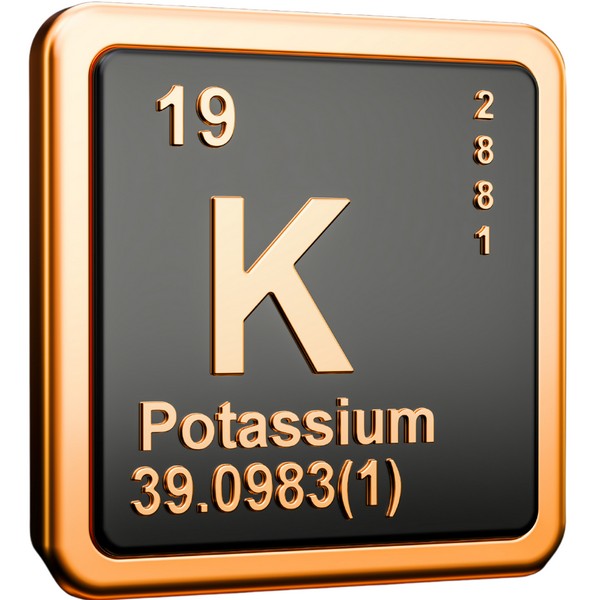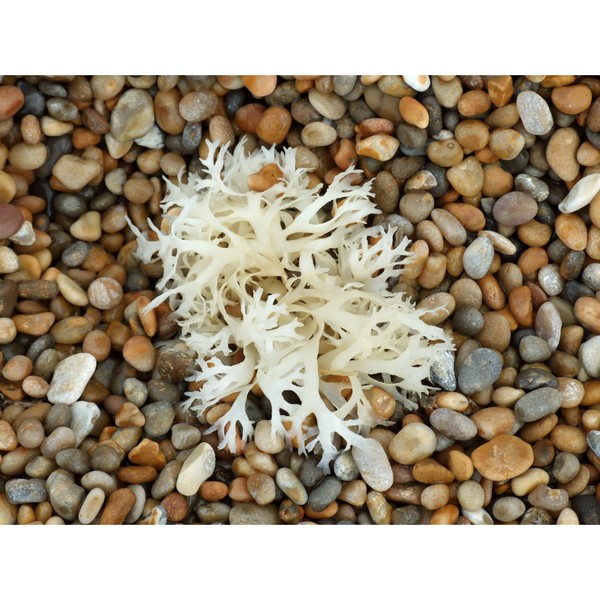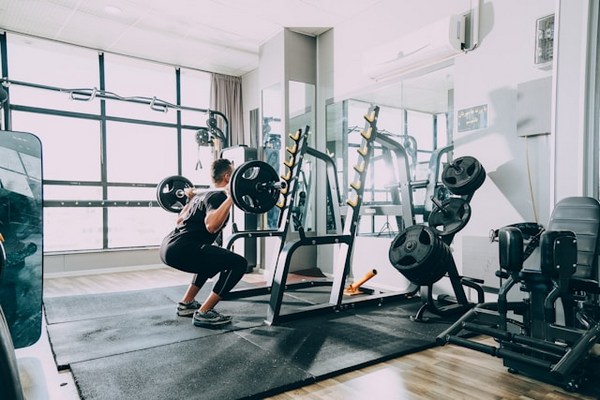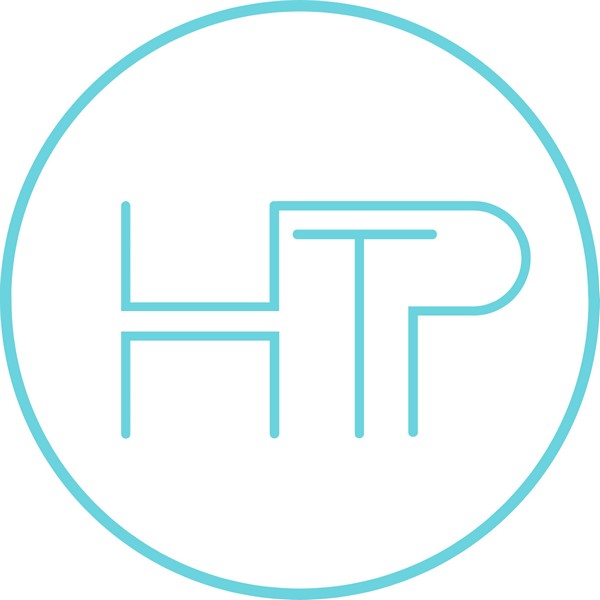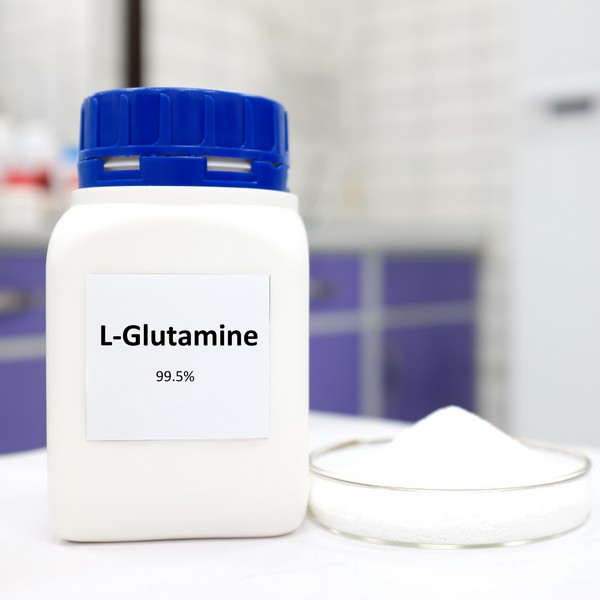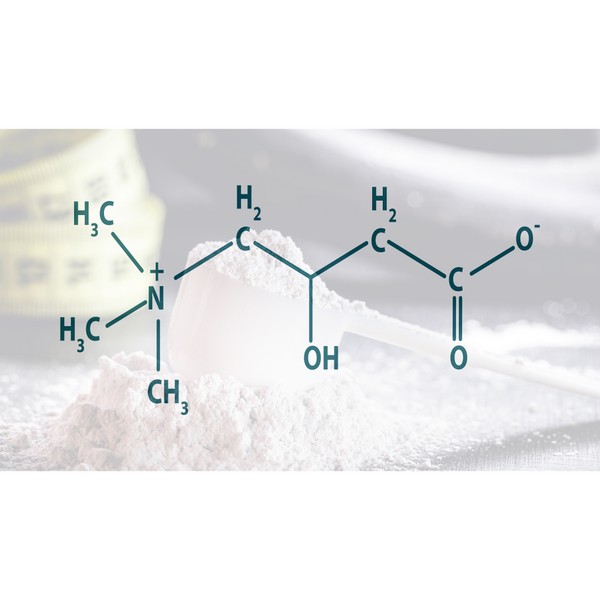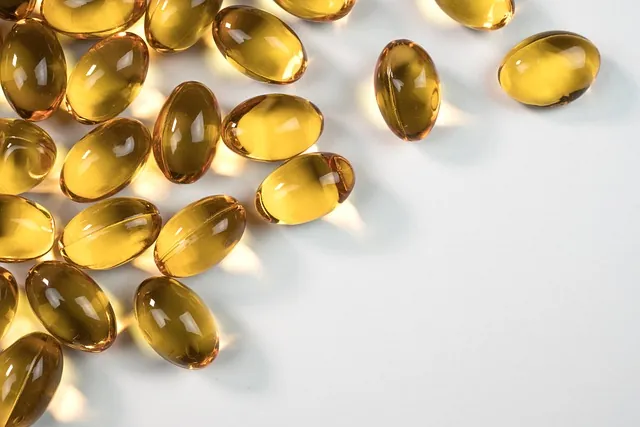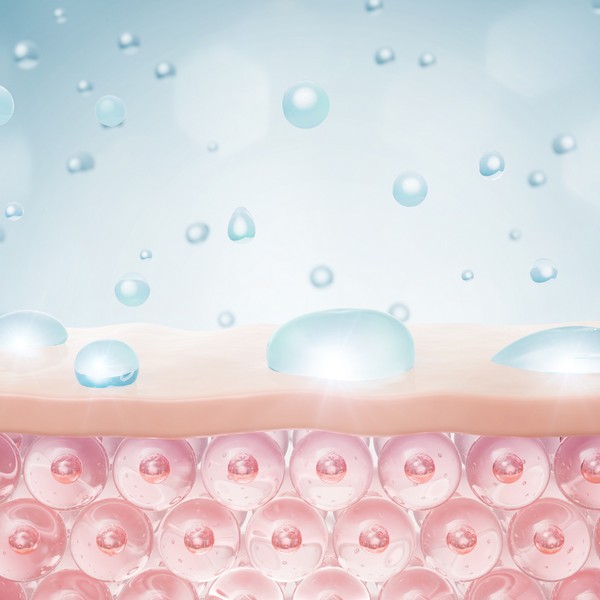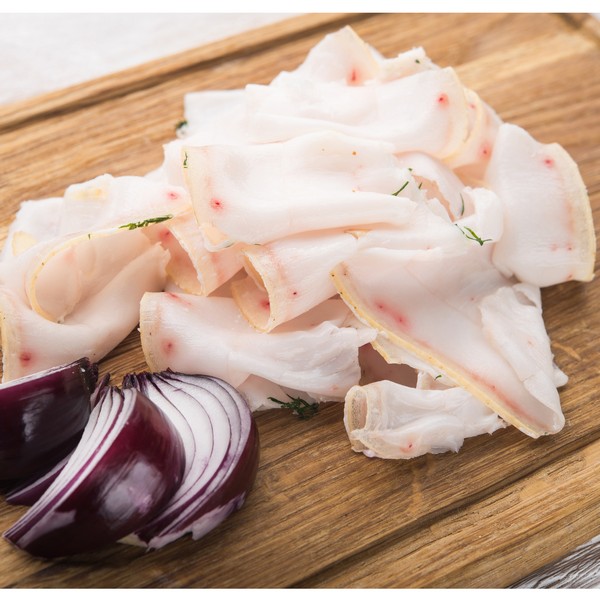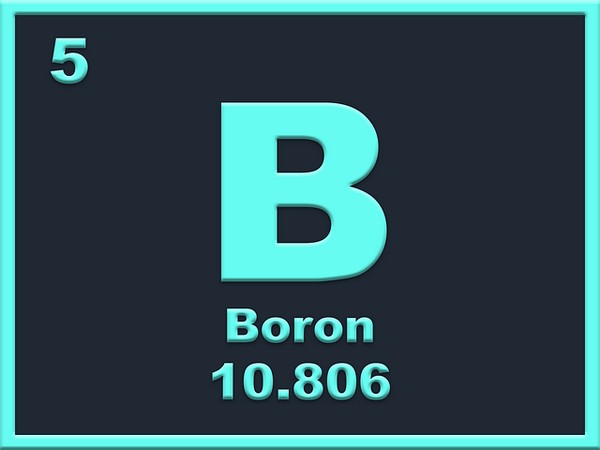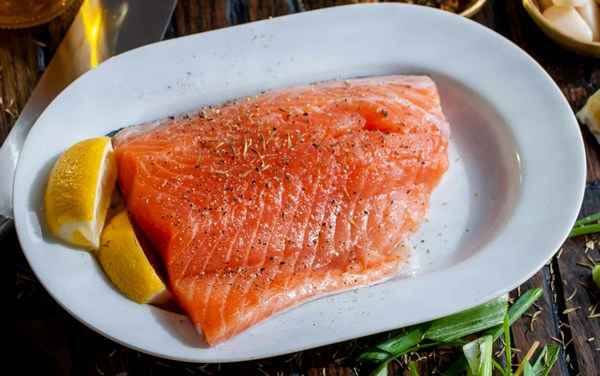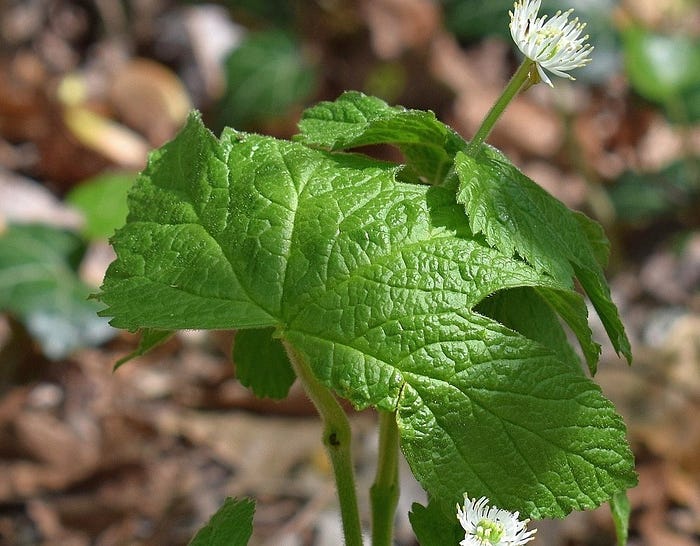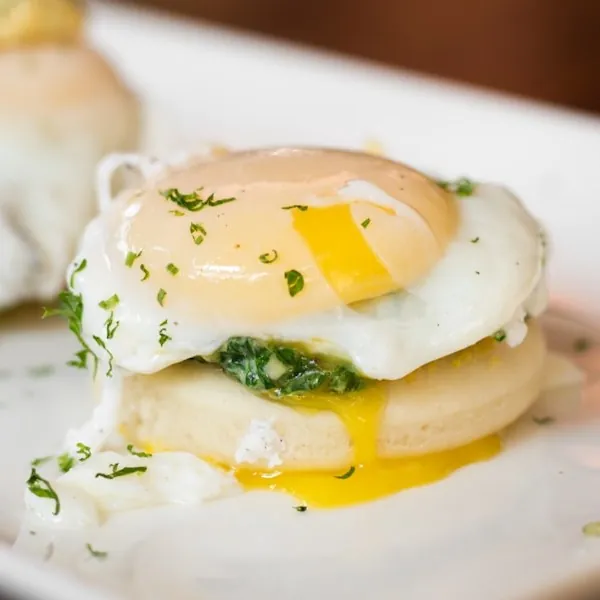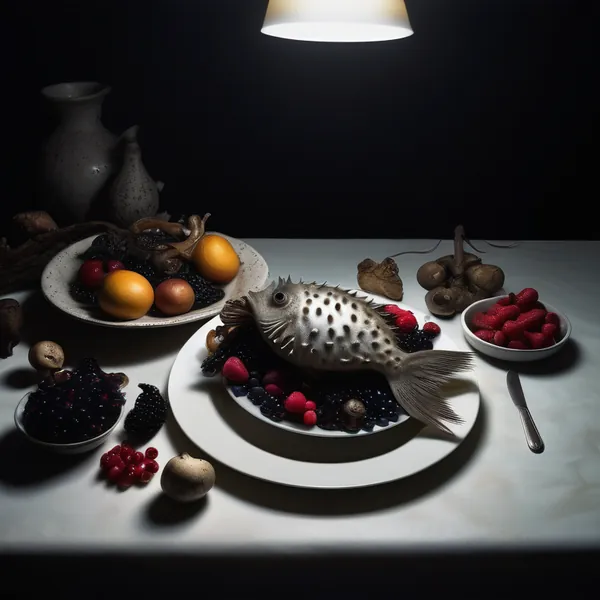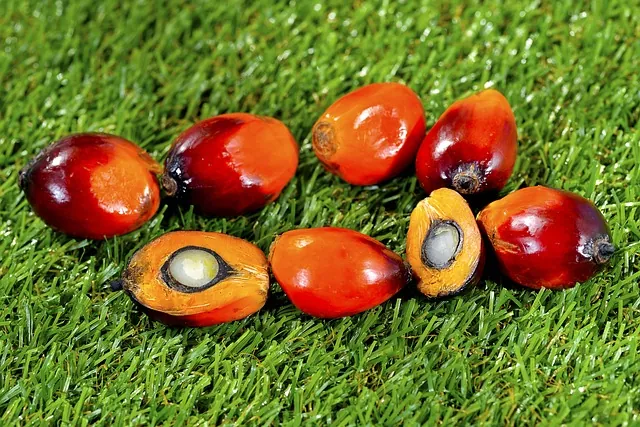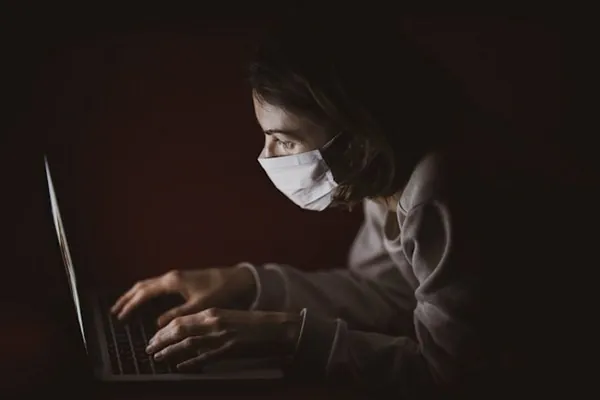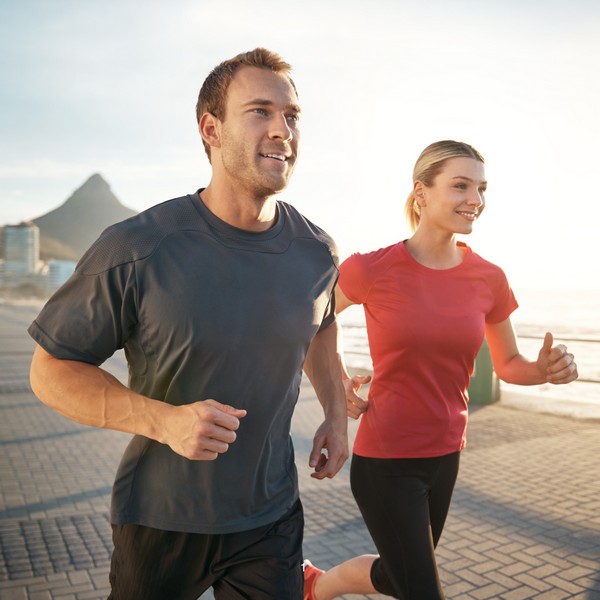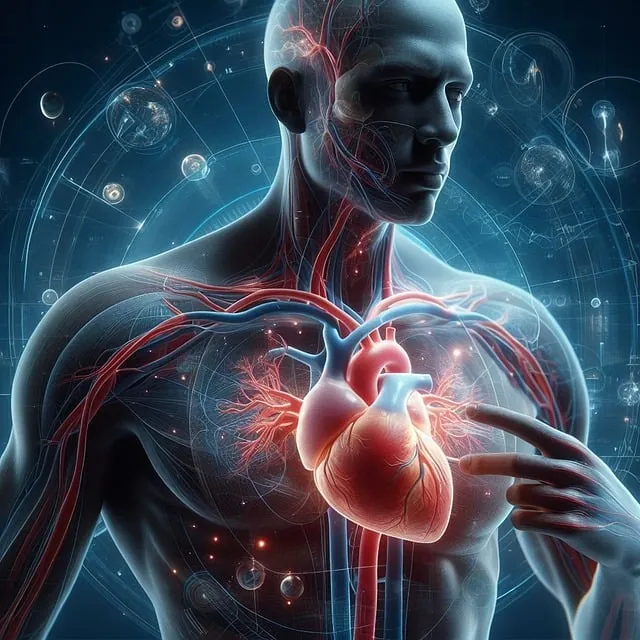Key Takeaways
- Remnant cholesterol (RC) is the cholesterol content left in the blood after triglycerides are removed from VLDL and IDL particles.
- RC is a significant marker of lipid metabolism and is linked to an increased risk of cardiovascular disease.
- High-carbohydrate diets can elevate triglyceride levels, leading to higher RC levels and greater cardiovascular risk.
- A low-carbohydrate, high-fat diet focused on animal products can help lower triglyceride and RC levels, improving heart health.
- Regular exercise and managing metabolic health are essential for keeping RC levels low and reducing overall cardiovascular risk.
Introduction
Cholesterol plays a significant role in our health, affecting everything from cell function to hormone production.
Remnant cholesterol (RC) is a lesser-known type of cholesterol that’s important for understanding heart health and cardiovascular risk.
What is Remnant Cholesterol (RC)?
Definition of RC
Remnant cholesterol refers to the cholesterol found in remnants of lipoproteins, specifically those that remain after the body has processed triglyceride-rich particles.
Formation of RC
RC forms when your body breaks down particles like very-low-density lipoproteins (VLDL) and intermediate-density lipoproteins (IDL).
As these particles shed their triglycerides for energy, they leave behind cholesterol-rich remnants.
The Role of RC in the Body
RC serves as a marker for how your body processes lipids (fats). Elevated RC levels can signal issues with lipid metabolism and have been linked to an increased risk of heart disease.
Origins of Triglycerides Leading to RC
Dietary Sources of Triglycerides
Triglycerides come from the fats in the foods we eat. When you consume dietary fats, they are broken down into triglycerides, which enter the bloodstream and are used for energy or stored as fat.
Liver Synthesis of Triglycerides
The liver also produces triglycerides, especially when there is an excess intake of carbohydrates.
The liver converts these carbs into triglycerides, which are then packaged into VLDL particles.
Impact of Carbohydrate Restriction on RC
A diet low in carbohydrates and rich in animal products can lower triglyceride levels. This reduction leads to fewer remnant particles and, consequently, lower levels of RC.
RC and Cardiovascular Disease
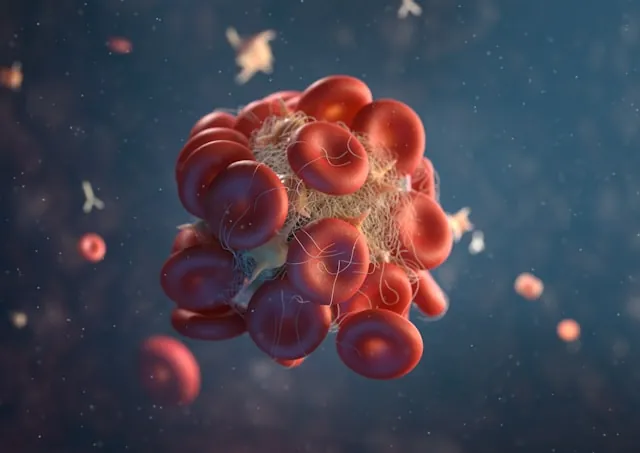
Atherogenic Potential of RC
RC is considered atherogenic, meaning it can contribute to the formation of plaques in the arteries.
These plaques can lead to blockages, increasing the risk of heart attacks and strokes.
RC vs. LDL and HDL Cholesterol
While LDL (“bad”) cholesterol and HDL (“good”) cholesterol are often discussed, RC plays a unique role.
Unlike HDL, which helps remove cholesterol from the bloodstream, and LDL, which can deposit cholesterol in arteries, RC represents the leftover cholesterol that didn’t get used up or processed efficiently, posing its own risks.
Current Research on RC
Recent studies suggest that RC is a significant predictor of cardiovascular disease. People with high RC levels might be at risk even if their LDL levels are within normal ranges.
Factors Influencing RC Levels

Impact of High-Carbohydrate Diets
High-carbohydrate diets can lead to elevated triglyceride levels, which in turn increase RC.
This is because excess carbs are converted into triglycerides by the liver, contributing to the formation of remnant particles.
Benefits of a Low-Carbohydrate, High-Fat Diet
A low-carb, high-fat diet, especially one focused on nutrient-dense animal foods, can help lower triglycerides and, by extension, RC levels.
This type of diet encourages the body to use fats as a primary energy source, reducing the need to store or circulate excess triglycerides.
Role of Physical Activity and Metabolism
Regular physical activity boosts metabolism and helps your body process triglycerides more efficiently, which can lead to lower RC levels.
Exercise also improves overall cardiovascular health.
Managing RC Levels

Nutritional Strategies
To manage RC, focus on a diet rich in animal fats and proteins, and low in carbohydrates.
Foods like fatty fish, eggs, and red meat provide essential nutrients while helping to keep triglyceride and RC levels in check.
Monitoring and Testing for RC
Regular blood tests can help track RC levels along with other cholesterol markers. Knowing your RC levels can provide a more complete picture of your cardiovascular risk.
Potential Role of Supplements and Medications
Food supplements like cod liver oil can help lower triglycerides and RC.
In some cases, medications may also be recommended to manage RC and overall cholesterol levels.
Conclusion
Understanding remnant cholesterol is key to assessing and improving heart health. By focusing on diet and lifestyle changes, particularly those that emphasize animal-based nutrients and limit carbohydrates, you can manage RC levels and support long-term cardiovascular health.
FAQs
What is the difference between remnant cholesterol and LDL cholesterol?
Remnant cholesterol is the leftover cholesterol after triglycerides are removed from VLDL and IDL particles, while LDL cholesterol is primarily involved in transporting cholesterol to tissues.
How can I naturally lower my remnant cholesterol levels?
A diet low in carbohydrates and rich in healthy animal fats, combined with regular exercise, can help lower RC levels naturally.
Is remnant cholesterol a more accurate predictor of heart disease than traditional cholesterol measures?
RC is gaining recognition as an important predictor of cardiovascular risk, especially in combination with other cholesterol markers.
Does eating a high-fat, low-carbohydrate diet always reduce RC?
Yes, for many people, this type of diet can reduce triglyceride levels and subsequently lower RC.
What tests should I ask for to monitor my cholesterol health?
Ask for a full lipid panel that includes measurements of total cholesterol, LDL, HDL, triglycerides, and remnant cholesterol to get a comprehensive view of your heart health.
Research
Aberra, T., Peterson, E.D., Pagidipati, N.J., Mulder, H., Wojdyla, D.M., Philip, S., Granowitz, C., & Navar, A.M. (2020). The association between triglycerides and incident cardiovascular disease: What is “optimal”? *Journal of Clinical Lipidology*, 14(4), 438-447.e3. https://doi.org/10.1016/j.jacl.2020.04.009
Balling, M., Langsted, A., Afzal, S., Varbo, A., Davey Smith, G., & Nordestgaard, B.G. (2019). A third of nonfasting plasma cholesterol is in remnant lipoproteins: Lipoprotein subclass profiling in 9293 individuals. *Atherosclerosis*, 286, 97-104. https://doi.org/10.1016/j.atherosclerosis.2019.05.011
Bai, M., Liao, J., Wang, Y., Liang, M., Wang, C., Zhang, J., & Shao, M. (2024). Remnant cholesterol and all-cause mortality risk: Findings from the National Health and Nutrition Examination Survey, 2003-2015. *Front Endocrinol (Lausanne)*, 15, 1417228. https://doi.org/10.3389/fendo.2024.1417228
Elshazly, M.B., Mani, P., Nissen, S., Brennan, D.M., Clark, D., Martin, S., Jones, S.R., Quispe, R., Donnellan, E., Nicholls, S.J., & Puri, R. (2020). Remnant cholesterol, coronary atheroma progression and clinical events in statin-treated patients with coronary artery disease. *European Journal of Preventive Cardiology*, 27(10), 1091-1100. https://doi.org/10.1177/2047487319887578
Faridi, K.F., Quispe, R., Martin, S.S., Hendrani, A.D., Joshi, P.H., Brinton, E.A., Cruz, D.E., Banach, M., Toth, P.P., Kulkarni, K., & Jones, S.R. (2019). Comparing different assessments of remnant lipoprotein cholesterol: The very large database of lipids. *Journal of Clinical Lipidology*, 13(4), 634-644. https://doi.org/10.1016/j.jacl.2019.06.001
Huang, H., Wang, J., Wu, L., Ruan, J., Hou, L., Shen, C., & Xu, C. (2023). Remnant cholesterol and severity of nonalcoholic fatty liver disease. *Diabetology & Metabolic Syndrome*, 15(1), 238. https://doi.org/10.1186/s13098-023-01220-9
Joshi, P.H., Khokhar, A.A., Massaro, J.M., Lirette, S.T., Griswold, M.E., Martin, S.S., Blaha, M.J., Kulkarni, K.R., Correa, A., D'Agostino, R.B. Sr., Jones, S.R., & Toth, P.P.; Lipoprotein Investigators Collaborative (LIC) Study Group. (2016). Remnant lipoprotein cholesterol and incident coronary heart disease: The Jackson Heart and Framingham Offspring Cohort Studies. *Journal of the American Heart Association*, 5(5), e002765. https://doi.org/10.1161/JAHA.115.002765
Jørgensen, A.B., West, A.S., Grande, P., & Nordestgaard, B.G. (2013). Genetically elevated non-fasting triglycerides and calculated remnant cholesterol as causal risk factors for myocardial infarction. *European Heart Journal*, 34(24), 1826-1833. https://doi.org/10.1093/eurheartj/ehs431
Kaltoft, M., Langsted, A., & Nordestgaard, B.G. (2020). Triglycerides and remnant cholesterol associated with risk of aortic valve stenosis: Mendelian randomization in the Copenhagen General Population Study. *European Heart Journal*, 41(24), 2288-2299. https://doi.org/10.1093/eurheartj/ehaa172
Karpe, F., Boquist, S., Tang, R., Bond, G.M., de Faire, U., & Hamsten, A. (2001). Remnant lipoproteins are related to intima-media thickness of the carotid artery independently of LDL cholesterol and plasma triglycerides. *Journal of Lipid Research*, 42(1), 17–21. https://doi.org/10.1016/s0022-2275(20)32331-2
Kim, Y., Park, H., Jeong, W., Schellingerhout, D., Park, E., Lee, D. K., Choi, W. J., Chae, L., & Kim, E. (2011). High Levels of Remnant Lipoprotein Cholesterol Is a Risk Factor for Large Artery Atherosclerotic Stroke. Journal of Clinical Neurology (Seoul, Korea), 7(4), 203-209.
https://doi.org/10.3988/jcn.2011.7.4.203
Li, Z., Zhang, B., Salaun, E., Côté, N., Mahjoub, H., Mathieu, P., Dahou, A., Zenses, A.S., Xu, Y., Pibarot, P., Wu, Y., & Clavel, M.A. (2023). Association between remnant cholesterol and progression of bioprosthetic valve degeneration. *European Heart Journal - Cardiovascular Imaging*, 24(12), 1690-1699. https://doi.org/10.1093/ehjci/jead159
Li, Z.H., Hao, Q.Y., Zeng, Y.H., Guo, J.B., Li, S.C., Gao, J.W., Yang, P.Z. (2024). Remnant cholesterol and the risk of aortic valve calcium progression: Insights from the MESA study. *Cardiovascular Diabetology*, 23(1), 20. https://doi.org/10.1186/s12933-023-02081-2
Maggi, F.M., Raselli, S., Grigore, L., Redaelli, L., & Catapano, A.L. (2004). Lipoprotein remnants and endothelial dysfunction in the postprandial phase. *The Journal of Clinical Endocrinology & Metabolism*, 89(6), 2946-2950. https://doi.org/10.1210/jc.2003-031977
McNamara, J.R., Shah, P.K., Nakajima, K., Cupples, L.A., Wilson, P.W., Ordovas, J.M., & Schaefer, E.J. (1998). Remnant lipoprotein cholesterol and triglyceride reference ranges from the Framingham Heart Study. *Clinical Chemistry*, 44(6 Pt 1), 1224-1232. https://doi.org/10.1093/eurheartj/ehs431
Miller M, Stone NJ, Ballantyne C, Bittner V, Criqui MH, Ginsberg HN, Goldberg AC, Howard WJ, Jacobson MS, Kris-Etherton PM, Lennie TA, Levi M, Mazzone T, Pennathur S; American Heart Association Clinical Lipidology, Thrombosis, and Prevention Committee of the Council on Nutrition, Physical Activity, and Metabolism; Council on Arteriosclerosis, Thrombosis and Vascular Biology; Council on Cardiovascular Nursing; Council on the Kidney in Cardiovascular Disease. Triglycerides and cardiovascular disease: a scientific statement from the American Heart Association. Circulation. 2011 May 24;123(20):2292-333. doi: 10.1161/CIR.0b013e3182160726. Epub 2011 Apr 18. PMID: 21502576.
https://www.ahajournals.org/doi/10.1161/CIR.0b013e3182160726
Pirillo, A., Norata, G.D., & Catapano, A.L. (2020). Beyond LDL-C levels, does remnant cholesterol estimation matter? *European Journal of Preventive Cardiology*, 27(10), 1088-1090. https://doi.org/10.1177/2047487319899622
Quispe, R., Martin, S. S., Michos, E. D., Lamba, I., Blumenthal, R. S., Saeed, A., Lima, J., Puri, R., Nomura, S., Tsai, M., Wilkins, J., Ballantyne, C. M., Nicholls, S., Jones, S. R., & Elshazly, M. B. (2021). Remnant cholesterol predicts cardiovascular disease beyond LDL and ApoB: A primary prevention study. European Heart Journal, 42(42), 4324-4332.
https://doi.org/10.1093/eurheartj/ehab432
Sandesara, P.B., Virani, S.S., Fazio, S., & Shapiro, M.D. (2019). The Forgotten Lipids: Triglycerides, Remnant Cholesterol, and Atherosclerotic Cardiovascular Disease Risk. *Endocrine Reviews*, 40(2), 537-557. https://doi.org/10.1210/er.2018-00184
Schwartz, G.G., Abt, M., Bao, W., DeMicco, D., Kallend, D., Miller, M., Mundl, H., & Olsson, A.G. (2015). Fasting triglycerides predict recurrent ischemic events in patients with acute coronary syndrome treated with statins. *Journal of the American College of Cardiology*, 65(21), 2267-2275. https://doi.org/10.1016/j.jacc.2015.03.544
Varbo, A., Benn, M., Tybjærg-Hansen, A., Jørgensen, A.B., Frikke-Schmidt, R., & Nordestgaard, B.G. (2013). Remnant cholesterol as a causal risk factor for ischemic heart disease. *Journal of the American College of Cardiology*, 61(4), 427-436. https://doi.org/10.1016/j.jacc.2012.08.1026
Varbo, A., Benn, M., Tybjærg-Hansen, A., & Nordestgaard, B.G. (2013). Elevated remnant cholesterol causes both low-grade inflammation and ischemic heart disease, whereas elevated low-density lipoprotein cholesterol causes ischemic heart disease without inflammation. *Circulation*, 128(12), 1298-1309. https://doi.org/10.1161/CIRCULATIONAHA.113.003008
Wang, T., Nakajima, K., Leary, E.T., Warnick, G.R., Cohn, J.S., Hopkins, P.N., Wu, L.L., Cilla, D.D., Zhong, J., & Havel, R.J. (1999). Ratio of remnant-like particle-cholesterol to serum total triglycerides is an effective alternative to ultracentrifugal and electrophoretic methods in the diagnosis of familial type III hyperlipoproteinemia.
Actual Superfoods: Real Foods You Should Be Eating
Key Takeaways Superfoods are nutrient-dense foods, offering essential vitamins, minerals, and fats. Prioritize high-quality sources for optimal nutrition. They support overall health, boost energy, and…
Keto Diet 101: A Complete Beginner’s Guide
Key Highlights The ketogenic diet is a low-carb, high-fat diet that can lead to weight loss and has many health benefits. By reducing carbohydrate intake…
Increase GLP-1 Agonists Naturally
What You Need to Know About Salt and Your Health
Table of ContentsThe Health Benefits of Unrefined Sea SaltElectrolyte BalanceMineral ContentImproved HydrationBoosted Energy LevelsImmune SupportImproved DigestionBalanced pH LevelsReduced Water RetentionHeart Health SupportStronger Bones and TeethEnhanced…
Liver: 5 Surprising Benefits Backed by Science
Hold on! Don’t run away! You need to read this. Liver is a highly nutritious organ meat that is often overlooked in modern diets. Packed…
Healthy Fat: is Butter Better?
Key Takeaways Saturated fats, like those found in butter, may not be as harmful as once thought and can be part of a healthy diet….
Copper: Little-Known Health Benefits
Key Takeaways Copper is an essential trace mineral with benefits, including ceruloplasmin production, energy production and antioxidant properties. Copper is critical for brain health by…
Magnesium: Better Sleep, Stress Relief and More
Creatine Myths Debunked: Separating Fact from Fiction
Key Takeaways Common myths about creatine, such as it causing kidney damage, weight gain, and being a steroid, are widespread but unsupported by scientific evidence….
Vitamin A (Retinol): Essential Nutrient for Health
Key Takeaways: Natural Vitamin A, also known as Retinol, is crucial for vision, immune function, and skin health. Retinol is essential for healthy vision, particularly…
Potassium: Benefits & Sources
Key Takeaways Potassium is essential for regulating fluid balance, nerve signals, and muscle function. It supports heart health and helps maintain proper blood pressure. Adequate…
Protein: You probably need more
Key Takeaways Protein is needed for building and repairing body tissues. It supports muscle growth, immune function, and hormone production. Bioavailable sources of protein include…
Taurine: The Mighty Amino Acid for Optimal Health
Key Takeaways Taurine supports heart health, regulates blood pressure, and reduces oxidative stress. Essential for muscle function, brain health, and cognitive function. Aids in insulin…
Benefits of Sea Moss Explained
Key Takeaways Rich in Nutrients: Sea moss is packed with essential vitamins, minerals, and antioxidants, supporting overall health and wellness. Supports Immune Function: Its high…
Trimethylglycine TMG: Betaine Anhydrous Explained
Key Takeaways Betaine Anhydrous (TMG) is a compound found naturally in various foods and offers several health benefits. TMG supports liver health by reducing fatty…
5-HTP: Natural Ways to Boost Serotonin and Improve Mood
Key Takeaways: 5-HTP is a natural compound that helps boost serotonin levels in the brain. It can support mood regulation, sleep improvement, and stress reduction….
6 Best Natural Ways to Manage Your Blood Sugar: A Quick & Easy Guide
1. Intermittent fasting2. Exercise3. Dietary fiber4. Sleep5. Weight loss6. SupplementationBioclinic NaturalsPGX BiotiquestSugar Shift Every time you eat it, it’s plotting something sinister. Sugar isn’t as…
Zinc Supplements: Risks and Dangers
Key Takeaways Zinc supports immunity, wound healing, and cell growth. High zinc supplement doses can cause health problems. Always consult a healthcare provider before taking…
Calcium Supplements: What You Need to Know
Key Takeaways Calcium supplements have been linked to heart disease and kidney stones. Excess calcium from supplements can lead to imbalances and health issues. Natural…
L-Glutamine and Gut Health: Benefits and Side Effects
Key Takeaways L-Glutamine is essential for gut health. Benefits include improved digestion and reduced inflammation. Potential side effects are rare but can occur in high…
Do This! The Ultimate Guide to Fasting Safely and Effectively
In our increasingly busy lives, finding time to take care of our bodies can often take a backseat. One method that has gained attention recently…
L-Carnitine: Benefits, Dosage, and Side Effects
Key Takeaways L-Carnitine supports fat metabolism and energy production. Benefits include enhanced exercise performance and improved heart health. Proper dosing minimizes potential side effects. Understanding…
Benefits of Nutritional Yeast
Key Takeaways Nutritional yeast is a rich source of vitamins and minerals. It supports immune function and promotes skin health. Its cheesy flavor makes it…
How Cod Liver Oil Can Transform Your Health and Wellness
Cod liver oil has been used for centuries as a natural remedy for various health conditions. Packed with essential nutrients and fatty acids, cod liver…
How Collagen Supports Healthy Skin, Joints, and More
Key Takeaways Collagen is the most abundant protein in the body, supporting the structure of skin, bones, and connective tissues. It helps maintain skin elasticity,…
Postbiotics: What They Are and Why They Are Important
Key Takeaways Postbiotics 101: They’re beneficial by-products from probiotics that consume prebiotics Boosts Immunity: Postbiotics sharpen your immune system, helping fight off pathogens and reducing…
Whole Food Vitamin C Complex: Expert Tips for Health
Key Highlights Whole food vitamin C complex is essential for a strong immune system and overall health. Unlike synthetic ascorbic acid, whole food vitamin C…
Tallow: Benefits, Uses, and Nutrition
Key Takeaways: Tallow is a nutrient-rich animal fat with many practical uses. It contains valuable vitamins such as A, D, E, and K. Tallow is…
Carnivore Diet: Benefits, Risks, Food List & More
Key Takeaways The carnivore diet is a keto diet that only allows for animal-based foods, and has potential health benefits. Tips for success include hydrating,…
ALA vs. DHA & EPA Omega-3: Why Source Matters
Key Takeaways ALA (Alpha-Linolenic Acid) is found in flaxseeds, chia seeds, and walnuts, but converts poorly to DHA and EPA. DHA and EPA are critical…
TUDCA Benefits for Health
Key Takeaways TUDCA promotes liver health, aiding cell protection and repair. Enhances digestion by improving bile flow and supporting gut health. May protect brain health…
Boron: Benefits of a Lesser-Known Mineral
Key Takeaways Boron is a trace mineral with significant health benefits. It supports brain function, bone health, and hormonal balance. Understanding boron’s role can improve…
5 Major Benefits of Omega-3 Fatty Acids
Key Takeaways Omega-3 fatty acids support heart health by reducing triglycerides and lowering blood pressure. They play an important role in brain function and development,…
Berberine Has 11 More Incredible Benefits Than You Thought
Berberine is a compound found in several plants that has been used for centuries in traditional Chinese medicine and Ayurveda. It has recently gained popularity…
Eggs: A Comprehensive Guide
Key Highlights Eggs are a nutritional powerhouse, containing all the essential vitamins and minerals needed for overall health. Vital role in a balanced diet, providing…
Conjugated Linoleic Acid (CLA): Benefits & Sources
Key Takeaways CLA is a type of fatty acid found primarily in animal products like beef and dairy. Known for potential benefits such as weight…
Spirulina: Health Benefits and Uses
Key Takeaways Spirulina boosts immune function with its high nutrient content and antioxidant properties. Rich in proteins and essential vitamins, enhances overall nutrition. Helps reduce…
Grains & Legumes Secretly Harming Your Health? Find Out Now!
Key Takeaways: – Grains and legumes contain antinutrients like lectins and phytic acid, which can interfere with nutrient absorption. – These foods may trigger digestive…
CoQ10: What Is It and Why Is It Important?
Key Takeaways CoQ10 (Coenzyme Q10) is an antioxidant produced by the body, essential for energy production in cells. Levels of CoQ10 naturally decrease with age…
Bee Pollen: Nature’s Secret Superfood
Key Takeaways Bee pollen is packed with essential nutrients and offers numerous health benefits. It supports immune function, boosts energy, and promotes overall well-being. Adding…
Iron Overload: Symptoms & Prevention Tips
Key Takeaways: Iron overload happens when the body absorbs excessive iron, which can damage organs. Common symptoms include fatigue, joint pain, and skin changes. Early…
The Impact of Ultra-Processed Foods on Your Wellbeing
Every bite we take is a step toward either wellness or illness. In our fast-paced world, ultra-processed foods have become a staple, silently shaping our…
Vitamin E Complex
Key Takeaways Vitamin E is a powerful antioxidant that protects cells from oxidative damage, reducing the risk of chronic diseases. The vitamin E complex includes…
11 Electrifying Health Benefits of Trace Minerals
What are Trace Minerals?The Major Roles of Trace MineralsSources of Trace MineralsDeficiencies in Trace MineralsThe Impact of Trace Minerals on Specific Health ConditionsFrequently Asked Questions…
Cholesterol Misconceptions: Separating Fact from Fiction
Key Takeaways: High inflammation and blood pressure are major risk factors for heart disease. Cholesterol is vital for hormone production, cell membrane structure, and digestion,…
13 Most Dangerous Foods Revealed
Key Highlights Fugu, or pufferfish, is one of the most poisonous foods in the world, with its organs containing a neurotoxin that can paralyze motor…
Allulose: The Best Sugar Alternative
Key Takeaways Allulose is a low-calorie sweetener found naturally in some fruits. It does not raise blood sugar levels, making it suitable for diabetics. Allulose…
Medium Chain Triglycerides (MCTs): Uncovering 5 Health Benefits
This potent, natural source of energy has gained considerable attention in recent years for its impressive array of benefits. MCT oil is a versatile addition…
Silica: for Healthier Skin, Hair, and Nails
Key Takeaways: Silica supports strong and healthy skin, hair, and nails. It promotes bone health by boosting collagen production. Silica helps improve joint flexibility and…
Natural Treatment for Irritable Bowel Syndrome (IBS): Effective Remedies Explored
Understanding IBSSymptoms of IBSRole of Diet in IBSNatural Remedies for IBSSupplements for IBSRole of Probiotics in IBSFrequently Asked Questions Understanding IBS Irritable Bowel Syndrome (IBS)…
How Stabilized Rice Bran Supports Digestive & Heart Health
Key Takeaways – Stabilized rice bran is a nutrient-rich source of vitamins, minerals, and antioxidants. – The stabilization process prevents rancidity, making it a long-lasting…
Red Palm Oil: Unveiling The Potent Health Benefits
Struggling to find the right oil for your health and kitchen? Red palm oil is packed with nutrients that might just be what you need….
8 Key Signs of Nutrient Deficiency
Key Takeaways Magnesium: A multitasker that aids in over 300 biochemical reactions in the body. Copper: Supports neurological function, cardiovascular and immune system health, iron…
Is Eating Sugar Really That Bad For Your Health?
Should You Really Be Concerned? In short, YES! Thank you, that’s all folks, and do have a good evening. Seriously though, extensive research has established…



